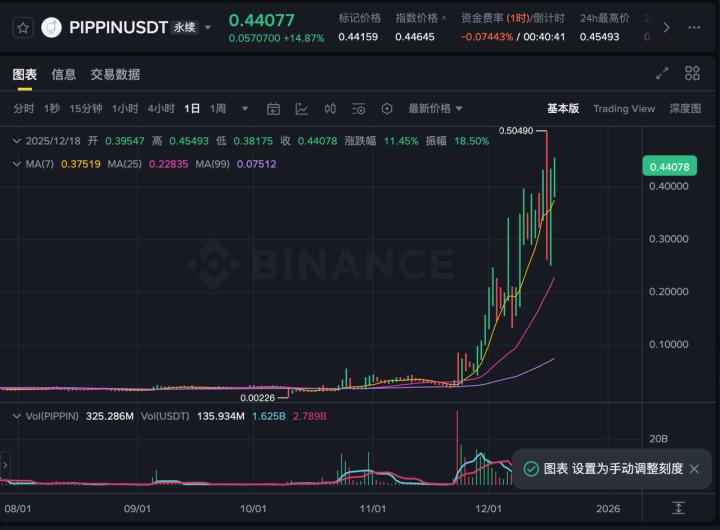
Key Indicators (4 PM January 6 -> 4 PM January 13, Hong Kong Time)
BTC against USD fell 5.8% (99.3K USD -> 93.5K USD), ETH against USD fell 12% (3.65K USD -> 3.215K USD)

Overview of BTC against USD Spot Technical Indicators:
After a period of price increase last week, the coin price experienced the expected pullback. But this decline had quite sufficient momentum and exceeded our initial expectation of 94-96K USD, even dropping to the level of 91K USD. In general, aside from occasional exploratory breakthroughs, the coin price has been able to hold at the level of 92K USD and form a new support level. Subsequently, the coin price rebounded to the range of 92-98K USD. With the start of the new year, the market is testing the highs, and we see the coin price forming a head and shoulders pattern. This further indicates the potential vulnerability of the coin price after breaking through the support level, which may continue to decline to 88K USD.
As mentioned earlier, there are multiple support levels below the current price level, so we believe that the current downward trend will be a slow or volatile decline, rather than a gap down. However, if the price falls below 88K USD, we expect to see a substantial price correction before the next uptrend. Although the latter is not our base case expectation. Currently, we believe that the next major market movement will be an uptrend rather than a downtrend, but we will re-evaluate the price trend in the next few days - we expect the current trend to still have decent upward momentum, but the performance in the past few trading days has clearly not been as such.
Market Themes:
The strong US data this week has caused turmoil in the US bond market, shattering the illusion that the Fed's hawkish stance in December was exaggerated, and also increased the risk that there will be fewer than 2 rate cuts this year (the market is currently pricing in 1 full rate cut). This is because the US labor market remains under pressure, and average wages and inflation continue to put upward pressure on inflation. The S&P 500 has been hesitant in the face of high interest rates (the US 30-year Treasury bond briefly touched 5%), leading to a 2% drop at Friday's close.
The global stock market is also not optimistic. The CSI 300 index fell 5% in the first full trading week, while economic pressures in the UK continue to increase amid questions about the government (as revealed by Elon Musk), and weak data has exacerbated the weakness in UK bonds and stocks.
This week, the cryptocurrency market has shown high beta to the macroeconomic headwinds, retreating from a brief rally to 102K USD. But overall, the downward trend has been cushioned by the high US interest rates and stock market correction, and the cryptocurrency market is unlikely to see a significant bear market in the medium term.
Implied Volatility

The local persistent volatility in the coin price has indeed led to a rise in actual volatility last week. Even considering the degree of volatility, the actual volatility is only slightly above 50, still underperforming the average implied volatility last week. However, overall, given that the coin price is still seeking a clear direction, the implied volatility maturing in January has found good support at the current level.
At the far end of the term structure, we see that the extremely high implied volatility at the beginning of the year has been suppressed due to the large flow in December, as expected. The lack of directional trend has also led to a reduction in the structural demand for volatility or directional trading, which has also weakened the support for options maturing from February to June.
BTC Skew/Kurtosis


Accompanied by the full return of liquidity and the rise in actual volatility during the coin price decline, the skew continued to decline this week. In particular, all the expiry dates in January are biased towards put options trading. However, the positive skew in the forward prices still supports the upside, as the market continues to seek structural upside after the macroeconomic risks and position adjustments in January subside, especially after the inauguration of President Trump.
Kurtosis was slightly more complex this week. Accompanied by the demand for the wings outside the 92-97K USD range, especially the rise in the near-term surface. While in the far-end market, the demand for Vega positions on the wings has weakened (in fact, directional trading is mainly done through the call spread, forming a selling pressure on the market's volatility).
Wishing everyone a good trading week!








